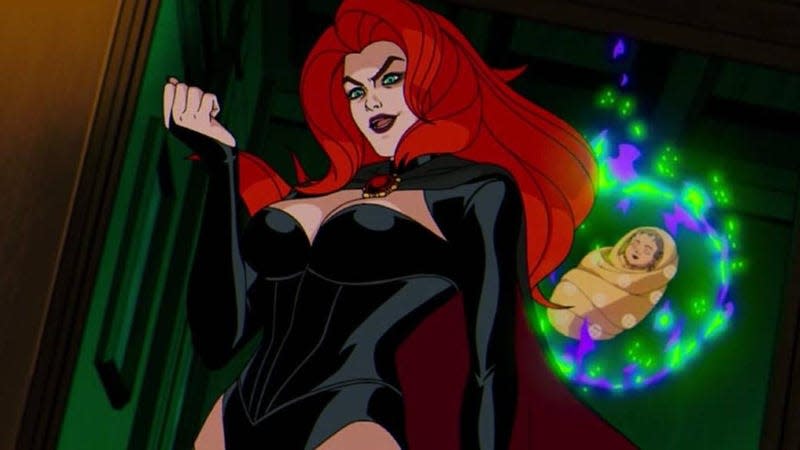X-Men ‘97’s Latest Episode Highlights The Show’s Biggest Flaw

The dual-episode premiere of X-Men ‘97, the Disney+ sequel to the classic animated series, put its best foot forward in winning over old and new fans. That’s thanks to the show’s beautiful animation, great voice acting, and an understanding of what makes these beloved characters so great. Episode 3, which aired on March 27, brings another adaptation of a classic X-Men story to viewers—and while it’s a solid episode, it also highlights the drawbacks of the streaming model, and how it limits the series’ storytelling capabilities.

“Fire Made Flesh” picks up on episode 2’s cliffhanger. After Cyclops and Jean Grey give birth to their healthy baby boy, an amnesiac woman who looks identical to Jean shows up at the X-Mansion. The entire episode centers around the question: which Jean is the “real” Jean Grey?
Like The Animated Series that X-Men 97 acts as a sequel to, “Fire Made Flesh” adapts a classic story from the comics: Inferno and the saga of Madelyne Pryor. The second episode in the series, “Mutant Liberation Begins,” showed just how well X-Men ’97 can do adaptation by taking The Trial of Magneto story and turning it into a commentary on modern issues like the January 6 insurrection, it drove home the timeless metaphor of mutants as marginalized people. It’s X-Men at its best. Sadly “Fire Made Flesh” fails to reach the same heights.
The Achilles heel of the episode is the central conflict of the two Jeans. Almost as soon as the mysterious Jean lookalike appears, we find out she’s the fake one, and the false Jean (who we’ve seen and assumed was the real Jean in the first two episodes) spirals into an existential crisis. It makes sense in the most basic sense, but viewers aren’t given a chance to invest in the character’s unique identity and dreams yet for it to really have emotional weight. The rest of the X-Men immediately treat the clone Jean as an outcast as well, with only Scott having a short internal battle over finding out the mother of his child isn’t the woman he loved.

“Fire Made Flesh” seems to adapt Madelyne’s story purely because it is an iconic story, but unlike “Mutant Liberation Begins,” there is no interest in making the story feel relevant to the characters of the animated show or for the audience viewing it. There’s an assumption that viewers know who this Jean Grey double is without the show telling them—it’s only revealed that she’s Madelyne Pryor at the very end of the episode, and done so in a way that’s clearly meant to be some type of cliffhanger that will have X-Men fans anxiously awaiting the next episode. But the way this all played out feels very rushed—likely because the series doesn’t have very many episodes in a season.
What makes Madelyne’s story so beloved amongst comics readers is that it plays out over years. Readers spent time with her and her struggles, rooting for her and feeling her pain when she learned her entire life was a lie. That kind of connection cannot be built in the the span of one half-hour episode.
That lack of time is X-Men ’97’s greatest enemy. While The Animated Series was able to take its time, like when it adapted The Phoenix Saga across five episodes, X-Men ‘97 is quickly barrelling towards its finale—there are only seven episodes left in the season. When the false Jean makes her peace with the X-Men and leaves at the end of the episode, choosing the name Madelyne Pryor, we don’t know what drew her to this name or if we will ever see her again in the series’ future. Beyond being a stunning showcase for the voice talents of Jennifer Hale, who shows off as Jean and Madelyne, the episode is too rushed to pull off the themes established and fleshed out in source material.

